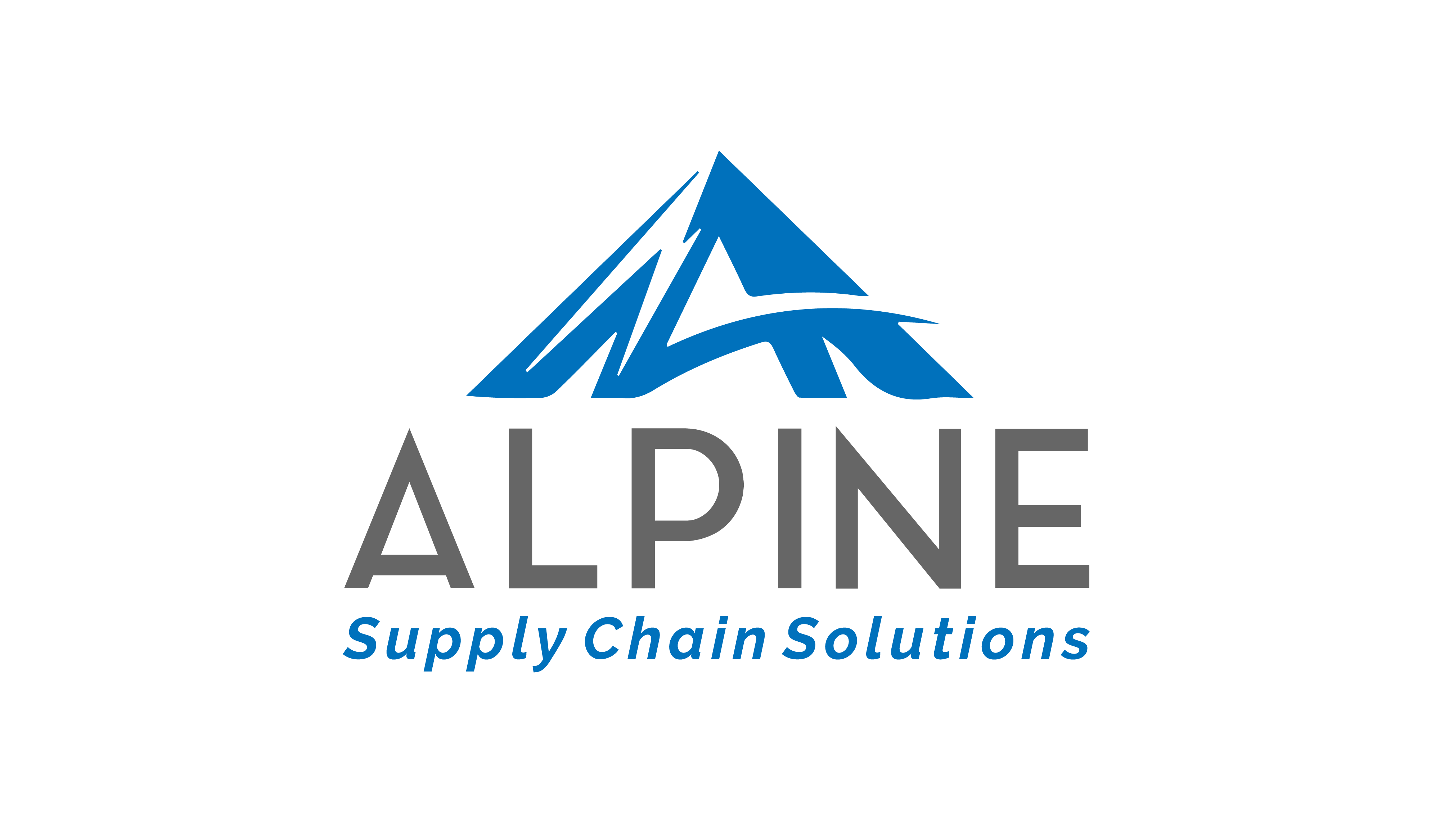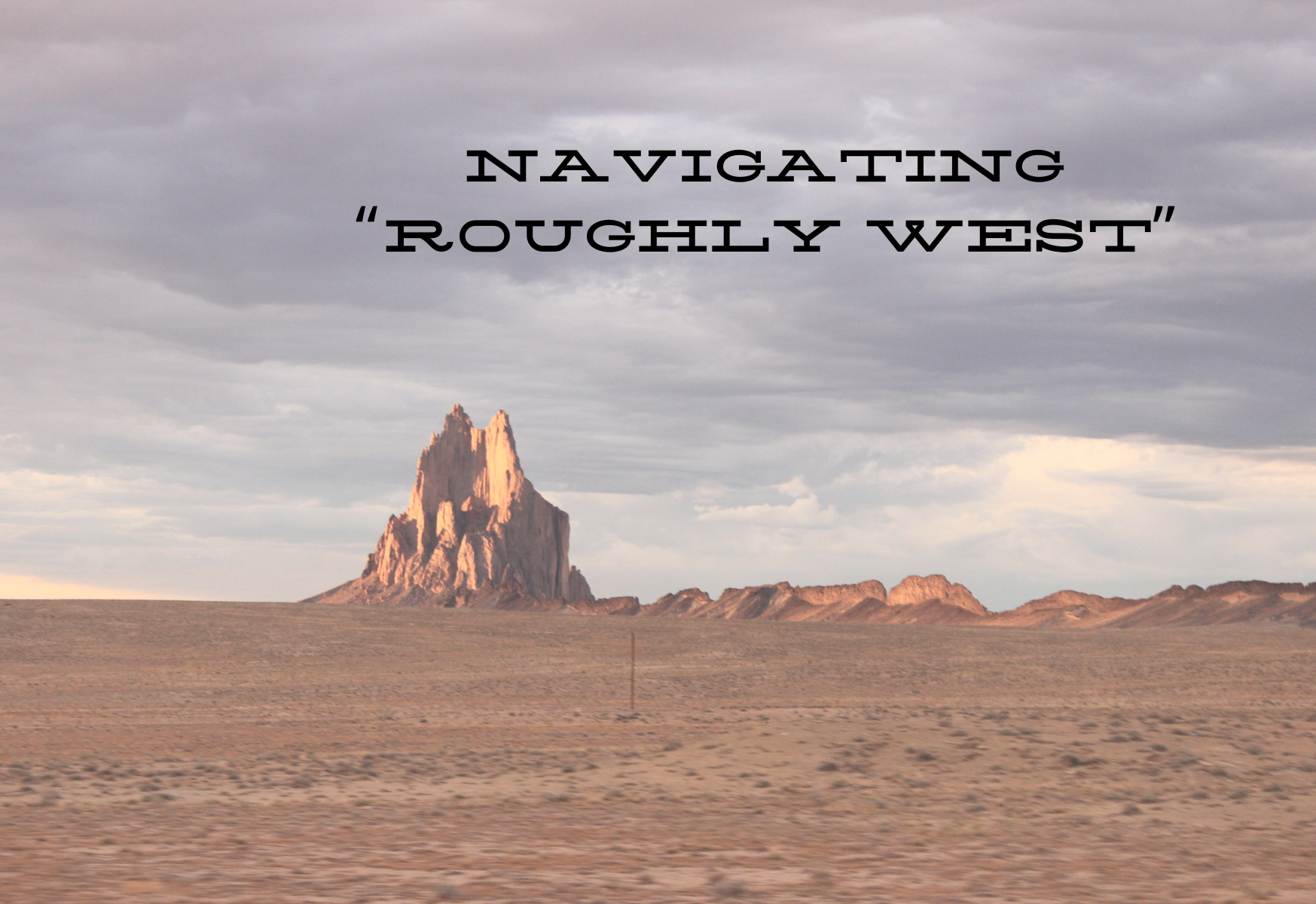In the fast-paced and challenging business world of today, supply chain executives face immense pressure to deliver continuous cost improvements year after year. However, achieving these demands requires a well-managed program of continuous improvement, especially amidst the frequent changes and uncertainties in the current supply chain. To thrive and gain a competitive edge, companies need to embrace a flexible yet focused approach in their strategic plans and investments. This blog post explores the concept of “Roughly West” and introduces the Continuous Improvement Management Model to ensure ongoing success in continuous improvement programs.
– Contributed by Tom Ryan, Senior Director, Alpine Supply Chain Solutions
Understanding “Roughly West”
“Roughly West” is a term used to describe a corporate strategic direction that allows for flexibility and adaptation. It represents a general destination or goal, which may evolve and change over time. The key to “Roughly West” is its ability to guide projects that support the organization in reaching its objectives, even when those goals may be loosely defined and subject to refinement. By adopting a strategic direction that is both flexible and focused, enterprises can gain an edge over hesitant competitors.
The Continuous Improvement Management Model
The Continuous Improvement Management Model is a repeatable cycle designed to execute the strategic direction of an organization in small, well-scoped chunks. Here are the steps to follow:
- Establish a “Roughly West” Plan: Begin by developing a general direction for the enterprise and outlining the role of each area in moving towards this goal. Identify projects that align with the plan and select one that can deliver incremental improvements within a well-defined timeframe.
- Measure Results: After executing the selected project, measure its results and communicate its success to the entire enterprise. Building confidence and commitment among stakeholders is crucial for the ongoing success of the program.
- Re-evaluate the Plan: Reassess the “Roughly West” plan periodically and make necessary adjustments based on changing conditions. Divide the plan into well-defined phases, each with its own timeframe, to maintain focus and flexibility.
- Embrace the Unpredictable: Acknowledge that the implications of any strategic plan over a two to three year period are difficult to predict. The focus on well-defined phases and plan re-evaluation allows for adaptive adjustments without the need for exhaustive contingency planning.
Getting Started with Continuous Improvement
To initiate a successful program of continuous improvement, start with a strategic plan that outlines the corporation’s general direction for the next two to three years. Focus on a “Roughly West” plan that covers broad yet meaningful strokes rather than getting bogged down in precise details. Then, assess the organization’s current state, identify areas with the potential for impactful improvements, and start with small, well-defined phases that can be executed within controlled timeframes.
The Value of Continuous Improvement Management Model
The Continuous Improvement Management Model offers significant business value compared to the traditional “Big Bang” implementation approach. By segmenting projects into well-defined deliverables with incremental value, capital expenditures are deferred over time, and anticipated benefits are received sooner. This leads to a significant increase in the total value delivered by the project, greater control over project costs, and the ability to adapt tactically to meet changing strategic requirements.
Conclusion
In today’s competitive and uncertain business landscape, supply chain executives must navigate towards a “Roughly West” strategic direction. By implementing the Continuous Improvement Management Model and breaking projects into well-defined phases, enterprises can deliver incremental value, adapt to changing conditions, and gain a competitive edge. Embracing continuous improvement and staying focused on delivering measurable business value will pave the way for success and resilience in the face of any challenges that lie ahead. For more tips on Managing a Continuous Improvement Program, download this white paper.


